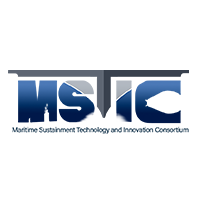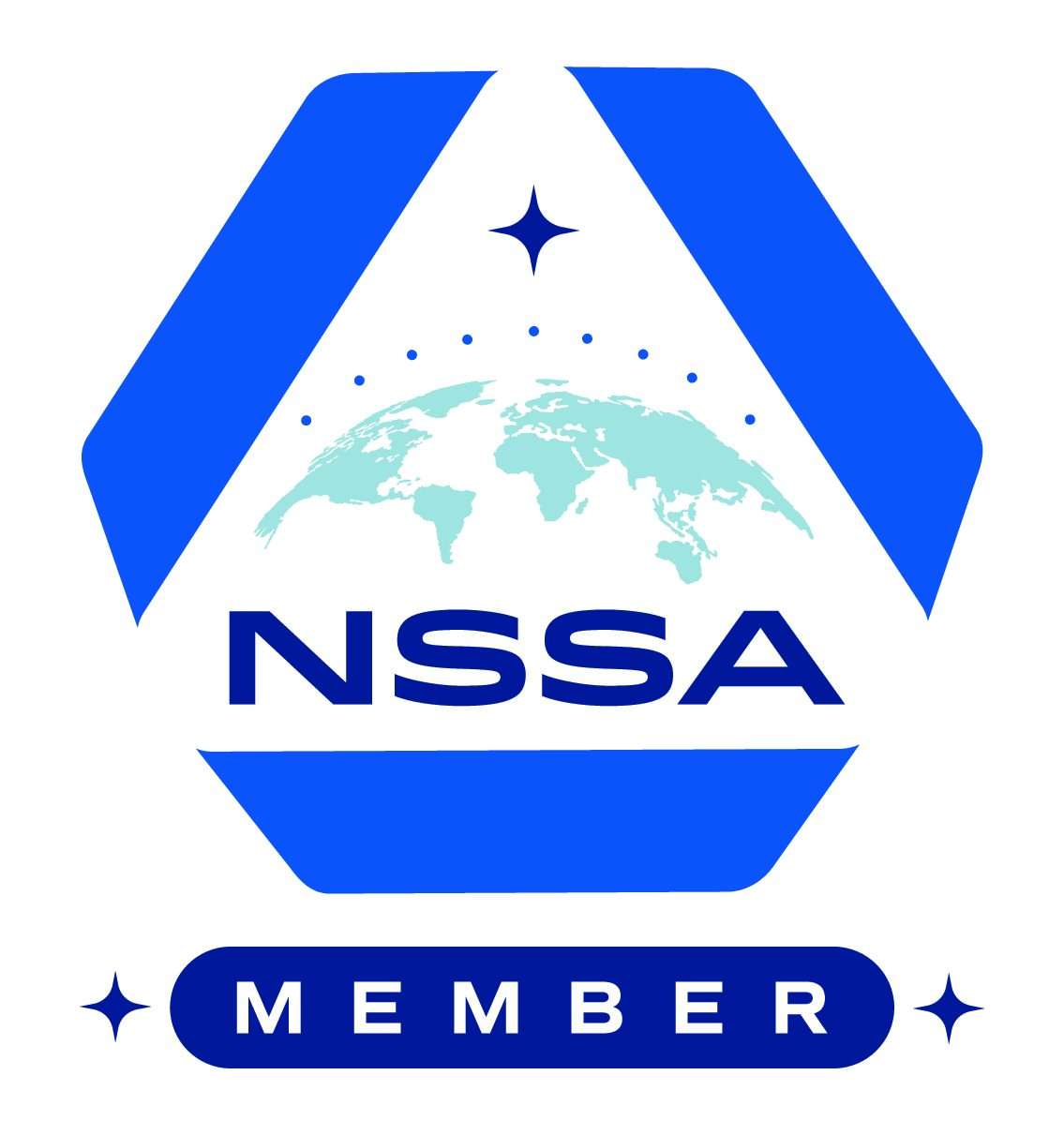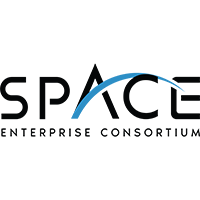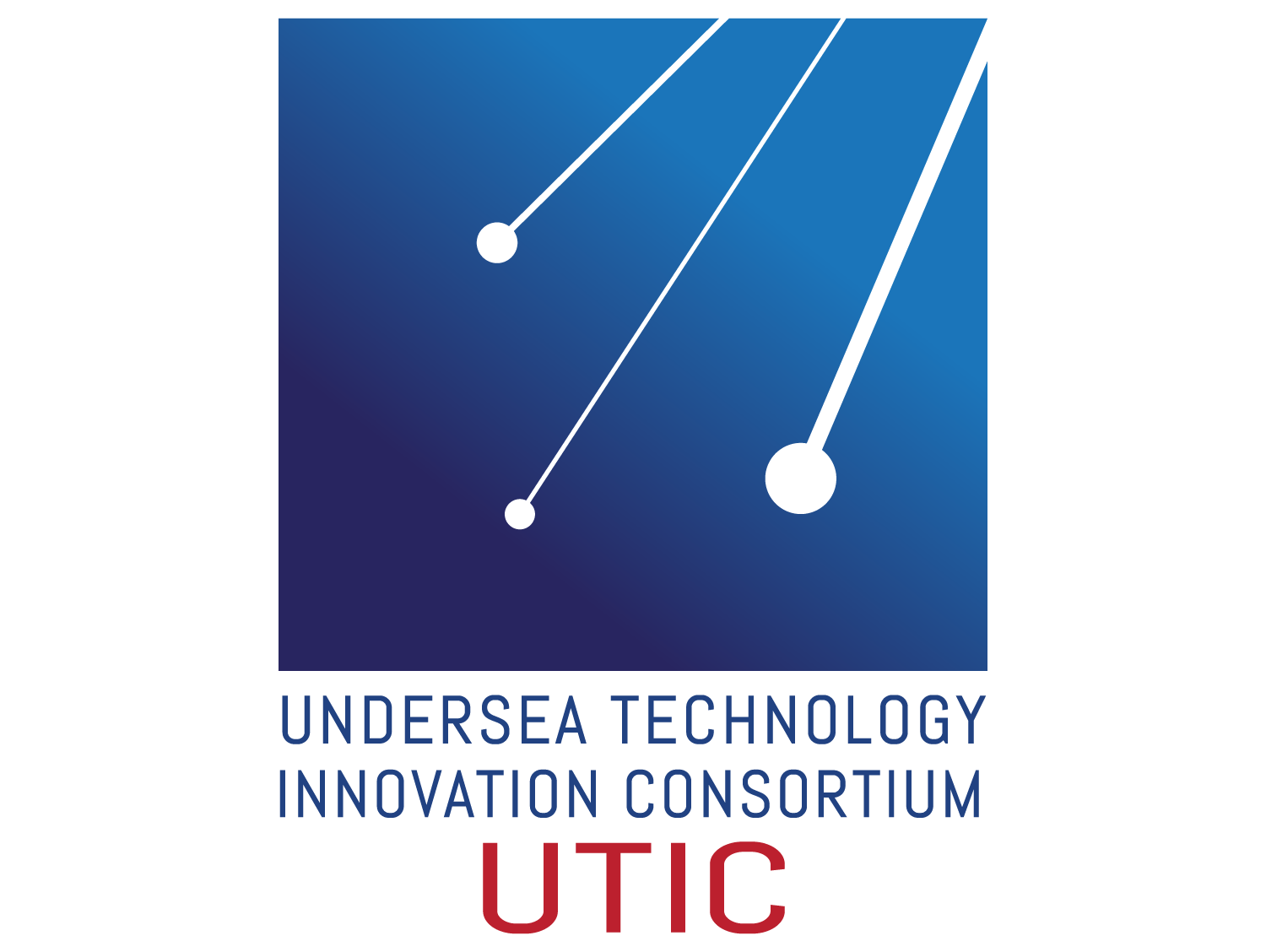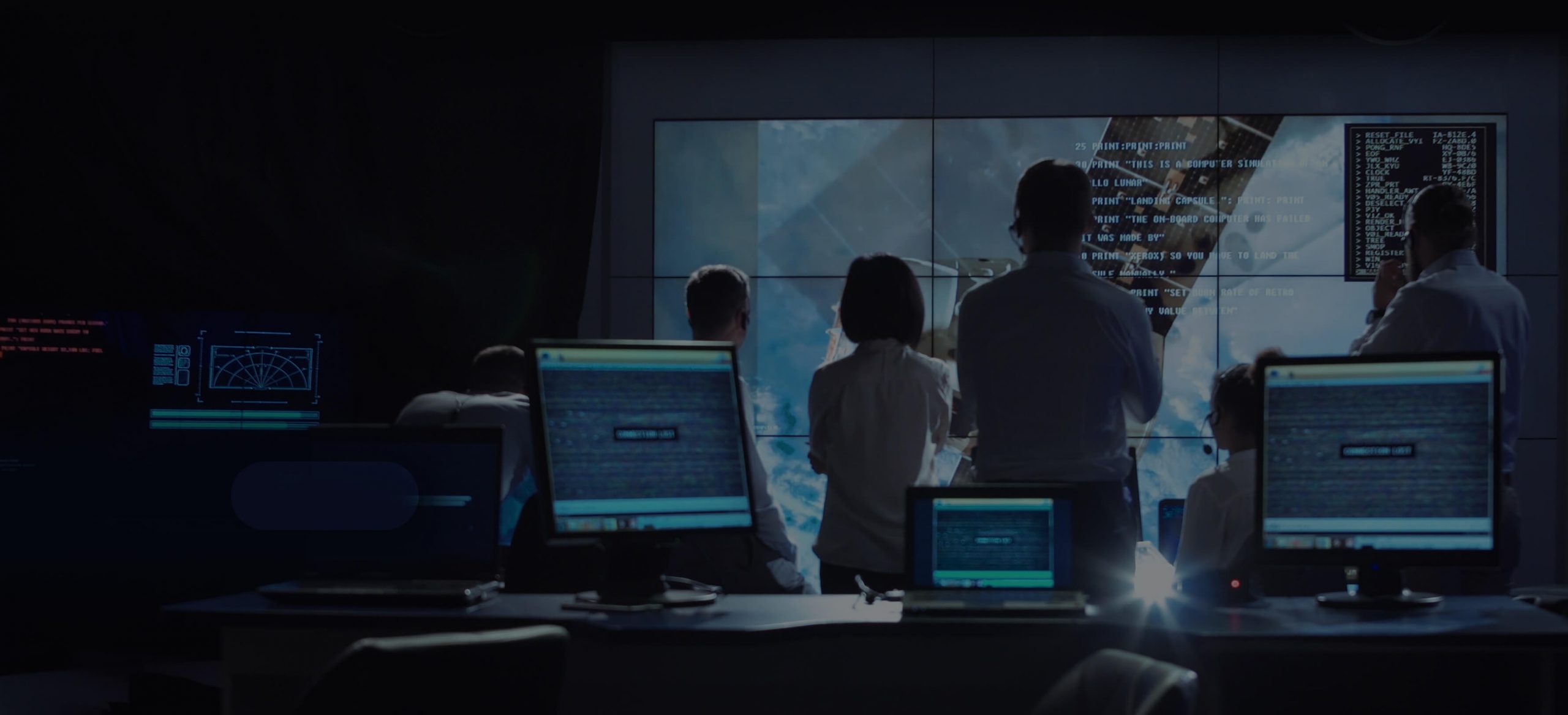
aBOUT US
We have one purpose in mind: to deliver innovative and affordable technology solutions for mission critical government and commercial needs that make a difference.
CORPORATE VALUES
Trident Systems was founded in 1985 with one purpose in mind: to deliver innovative and affordable technology solutions for mission critical government and commercial needs that make a difference. Thirty-nine years later, Trident continues to harness emerging technology to provide leading-edge solution to both the military and intelligence communities, as well as selected commercial and international customers.

PASSION
Trident’s success relies on individual passion and drive. We value high energy, and take pride in delivering affordable innovative solutions.
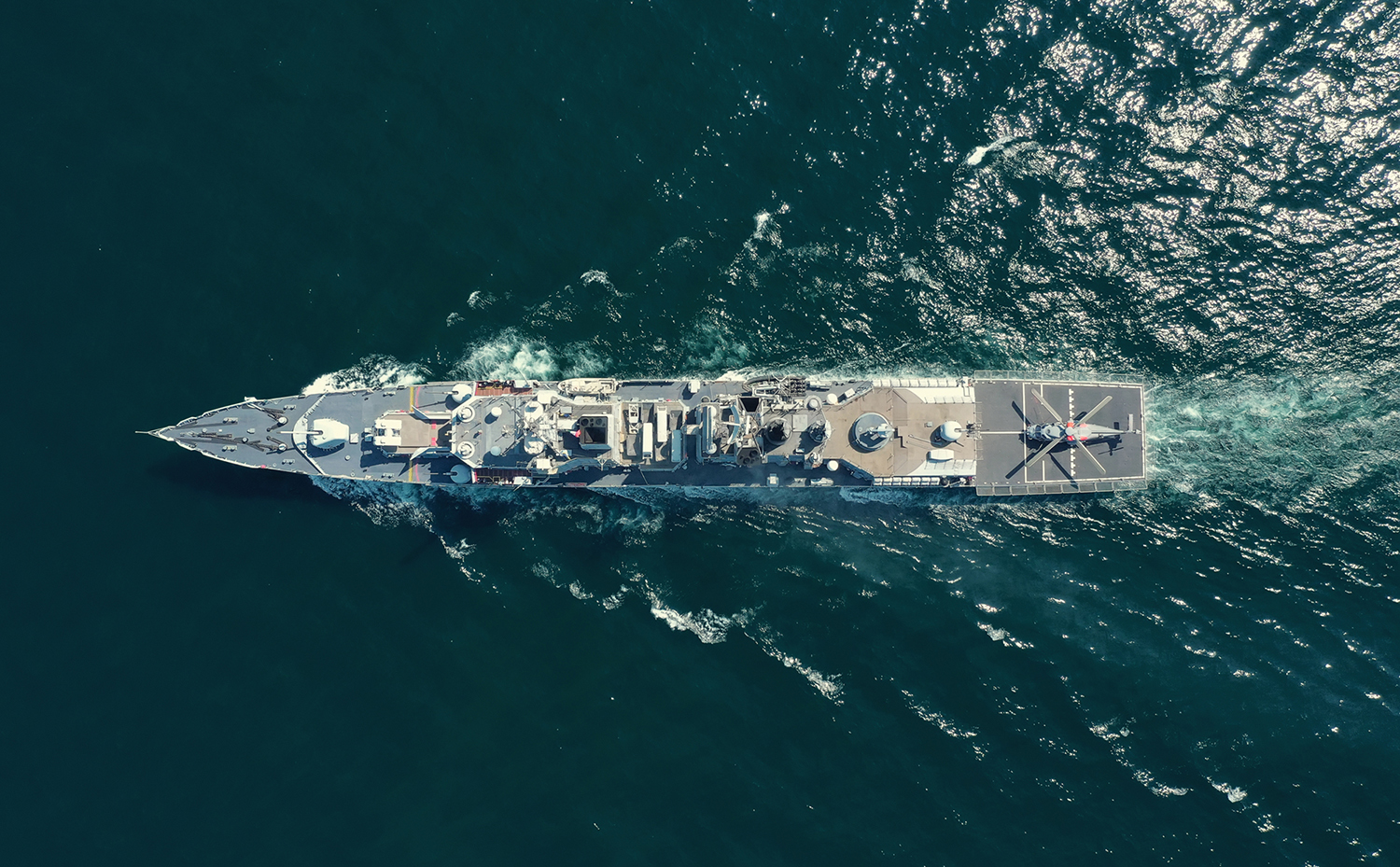
QUALITY
Our goal is to provide exceptional products and services. We will hire the most-qualified candidates, and maintain an environment where Trident’s employees can achieve their highest potential.

Respect
Our ability to see clearly as a company depends on an open and honest exchange of ideas and opinions. We respect each person’s contribution and their expert opinions in addressing problems and opportunities as well as the authority of management in making decisions.

Integrity
We conduct business in accordance with the highest standards of conduct. Integrity is fundamental to our long-term success and will not be compromised.

Teamwork
Collaboration and team work are the key enablers of our continued success. It is our diverse competencies operating in harmony to pursue common goals that allows us to achieve success in the challenging projects we undertake.

Innovation
Our culture encourages creative thinking and an open discourse at all levels of the organization. We reach well beyond the status quo while managing risk in creating the future offerings of our company.
COMPANY HISTORY
1980’s
An exceptional team of systems engineers formed Trident’s initial core competency in Large Complex Systems Engineering. That team grew steadily and put their capabilities to work supporting programs such as the AN/BSY-2, the US Navy’s first digital submarine combat system featuring fully integrated sonar and combat control functions.
We became active in the DoD Small Business Innovation Research (SBIR) program, winning the first of many competitive awards and began transitioning our innovative solutions to DoD programs as well as commercial products.
1990’s
Trident developed the Navy’s largest and most modern collaboration facility in the Admiral Gooding Center at the Washington Navy Yard. We supported Navy Open Architecture Enterprise team and DARPA research and development regarding the systems engineering of large complex systems. Trident engineers authored a key ANSI standard supporting standardization of complex systems engineering tools.
2000’s
At the dawn of the 21st century we began development of our second core competency, the design and development of advanced miniature radio frequency electronic systems. From modest beginnings in the SBIR program, Trident developed and transitioned a number of compact digital RF systems including multi-function digital radio frequency transceiver for small UAV applications, an unattended ground sensor node for military and civilian security applications, and a secure communications converter for cross-connecting dissimilar radio networks.
This decade also ushered in Trident’s development of NSA certified cross-domain collaboration solutions beginning with Collaboration Gateway, a cross-domain solution for chat rooms, and leading to cross-domain Voice over IP (VoIP), video teleconferencing (VTC), streaming video and mobile cross domain solutions. Following 9/11, Trident employed the lessons we mastered in developing the Admiral Gooding center to rapidly construct a command center for the 1st Air Force in a tent on Bolling AF Base supporting the air defense of Washington DC which was the precursor to the Joint Air Defense Center (JADOC).
2010’s
In 2010, Trident celebrated 25 years of business operations and in 2014 began the big step of transitioning the RAPTOR family of airborne radar products to space applications. Trident’s compact multi-function RF transceiver was launched into low earth orbit and operated successfully in early 2019. NASA, the US Air Force, DARPA, and several large US aerospace prime contractors selected us to provide our new generation multi-function RF payload systems which can support radar, communications, intelligence and other space applications in low earth orbit and beyond.
Trident’s C4I product line grew to include the Sentry Node unattended ground sensor, the RDD rugged display unit, and the SCC secure communication controller matured and began transition to programs of record in the US and abroad. The Air Force tent-based air defense command center built after 9/11 rapidly evolved into a group of trailers and then to a two-story brick facility which today houses the National Capital Region Joint Air Defense Center (JADOC). This modern command center was designed and developed with expertise from Trident engineers, operates today in a permanent building just a few blocks from the original tent location. Trident became ISO 9001 certified in 2018 and began adopting the disciplined quality assurance practices that would eventually lead to AS9100 certification.
2020’s
Trident’s multi-function RF payload and on-board processing systems were onboard two additional launches to low earth orbit in 2020 and are operating successfully on-orbit supporting key mission needs. Trident is currently participating as a mission partner on six future spacecraft programs. Following a decade of service supporting the Air Force JADOC, Trident was selected to take over development and maintenance of the ERSA software that supports the 24/7/365 mission of protecting the skies over the National Capitol Region. Trident’s Condition Based Maintenance (CBM) data collection systems expand their footprint from early beginning in the SOCOM SOC-R program to USMC M-ATV and MTVR, M777A2 howitzer, and the SOCOM CCA platform.
Trident’s Assured Collaboration Systems (ACS) business unit which developed the only voice and video cross domain products available that meet the NSA’s evolving and stringent raise-the-bar requirements became part of Owl Cyber Defense in late 2020. In December 2022, Trident became ISO 9001:2015 and AS9100D registered for the design, development, and production of communication devices and aerospace multi-function RF systems.
Today
Trident’s thirty-nine year track record of delivering affordable innovative technology services and products is being extended on projects from cyberspace to outer space. We invite you to contact us with your most pressing mission critical needs to discuss how we can provide a solution tailored to your mission requirements.


